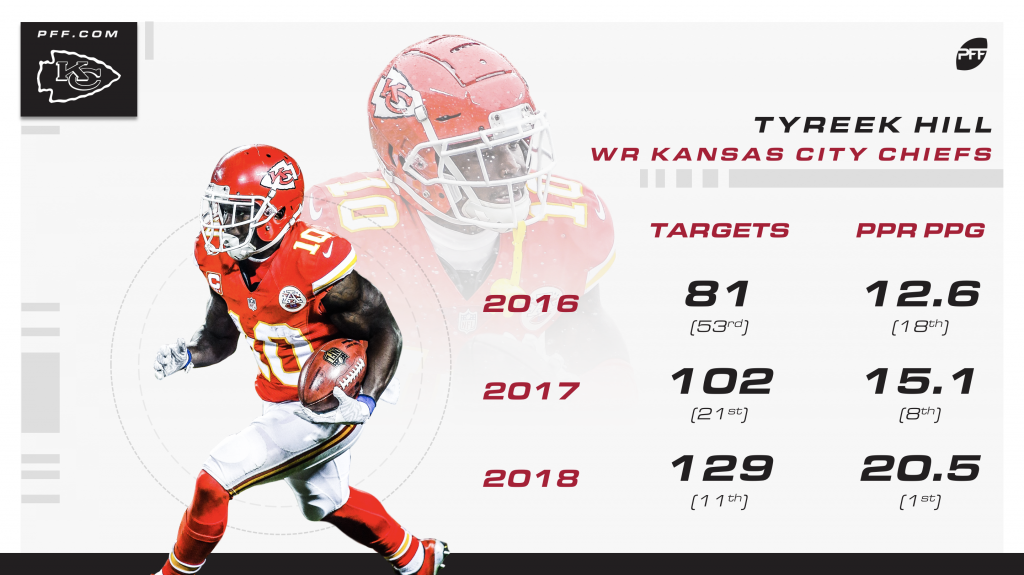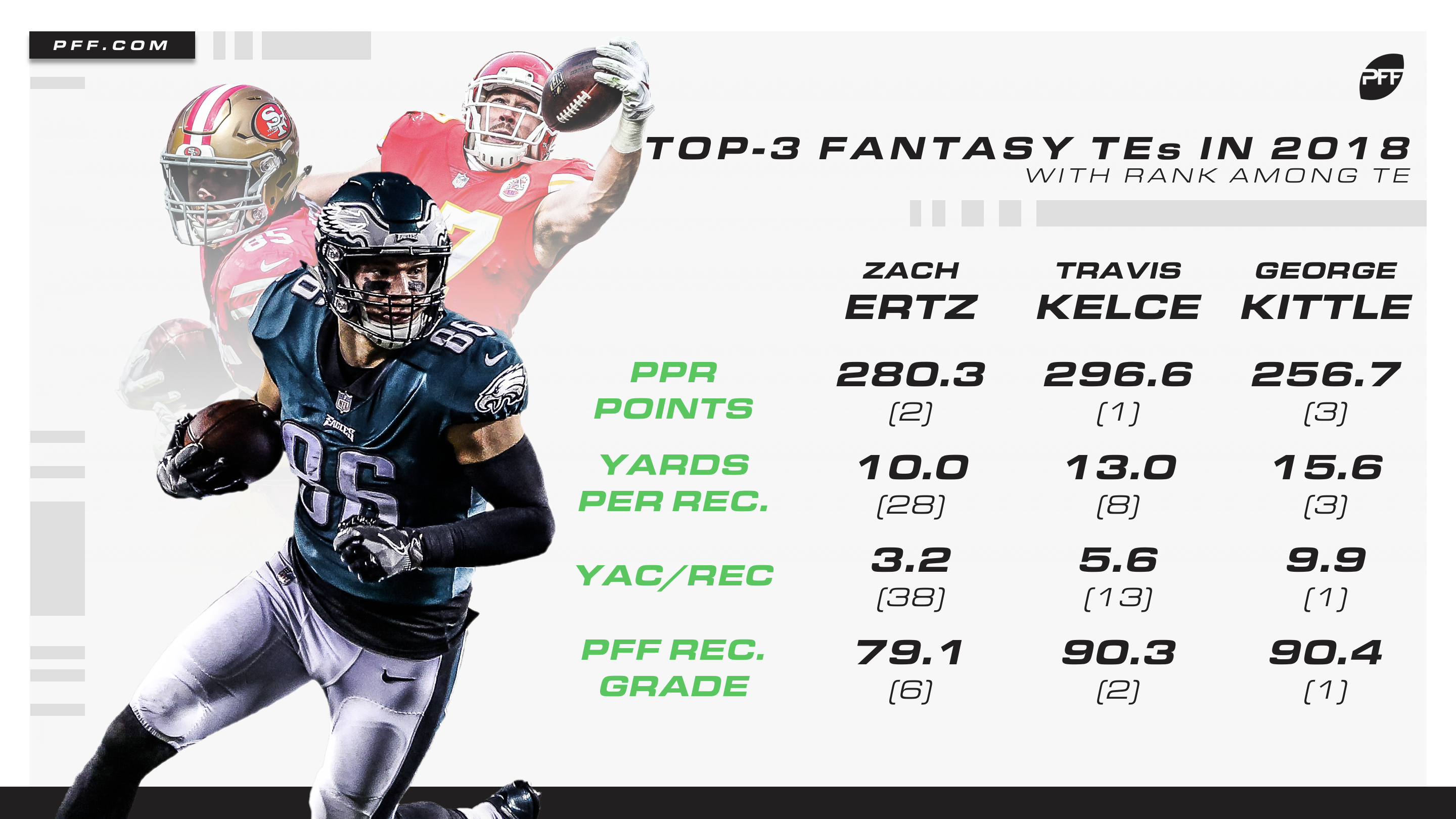
By comparison, ADP Position Rank produced an all-time correlation of 0.4670. Position Rank Matters More Than Overall RankĪs a reminder, the all-time correlation between ADP and Leverage is 0.3738. Be careful with Big Boards built around ADP and public sentiment.

No matter what has caused the decline in ADP’s predictive validity, one thing is certain: Overall ADP is not currently predictive of end-of-season success. Since draft value declines logarithmically, there is a larger-than-expected tier of players in the middle rounds that has approximately the same range of predictable outcomes. After the Third Round, Pivot Towards Upside If Aaron Rodgers or Rob Gronkowski falls to you at an advantageous spot, don’t hesitate to select either. Most people believe in the principle of accepting value when it falls to you, but very few people actually ever pull the trigger. If you can grab a top-end QB or top TE once you’ve hoarded value at RB and WR, you should do it. There exists a meaningful predictive edge in selecting players at the top of each position. Moreover, due to the strength of the Spearman’s coefficient across all positions, it’s also advisable to target elite quarterbacks and tight ends if the price is right. Leverage as much draft capital as possible into positions with the greatest positional scarcity (first RB, then WR). Accordingly, you should be discerning and critical of players ranked in this tier. Championships may be won and lost in the mid-to-late rounds of the draft, but it’s the early rounds that put you in contention in the first place. The players you select in the early rounds are likely the ones to carry you to the playoffs. Hyper-Prioritize Your Early Round Selections This means that your early round selections are of paramount importance. The improvement from Pearson’s to Spearman’s confirms something we already knew intuitively: The relationship between ADP and player value is a logarithmic decline - not a linear one. The Spearman’s coefficient for the dataset was 0.6233, which is considered to be a moderate-to-strong relationship. Spearman’s coefficient uses a moving-walk model rather than a linear one. So, in addition to Pearson’s coefficient, I also calculated Spearman’s coefficient for the same data. It’s more of a logarithmic decline than a linear one. Early round selections are worth much more than mid-round selections, and player value does not decrease evenly from pick to pick. However, intuitively, we all know there is not a linear relationship between a player’s ADP and his relative value. In this case, it’s measuring how effective ADP predicts player value. Pearson’s coefficient measures the strength of correlation between two variables based on the assumption of a linear relationship. Since 2007, the Pearson’s correlational coefficient between ADP and Leverage is 0.3738, which falls just short of the scientific standard for statistical significance (0.40). > Sign up for The Action Network’s daily newsletter to get the smartest conversation delivered into your inbox each morning. When you read “Leverage,” think “Fantasy Points + Positional Scarcity.” For a more detailed breakdown on Leverage and its uses, check out my article where I first introduce Leverage. Leverage is an Action Network metric that normalizes fantasy points for a given season. One quick note: I’ll be referencing Leverage frequently in this article.

Position rankings are more important than overall rankings.Overall ADP reports are no longer reliable as your Big Board.Early round draft picks are even more valuable than you might think.I found some insights that I hope will give you an edge in 2018 redrafts. This offseason, I conducted a study on Average Draft Position (ADP) since 2007.


 0 kommentar(er)
0 kommentar(er)
